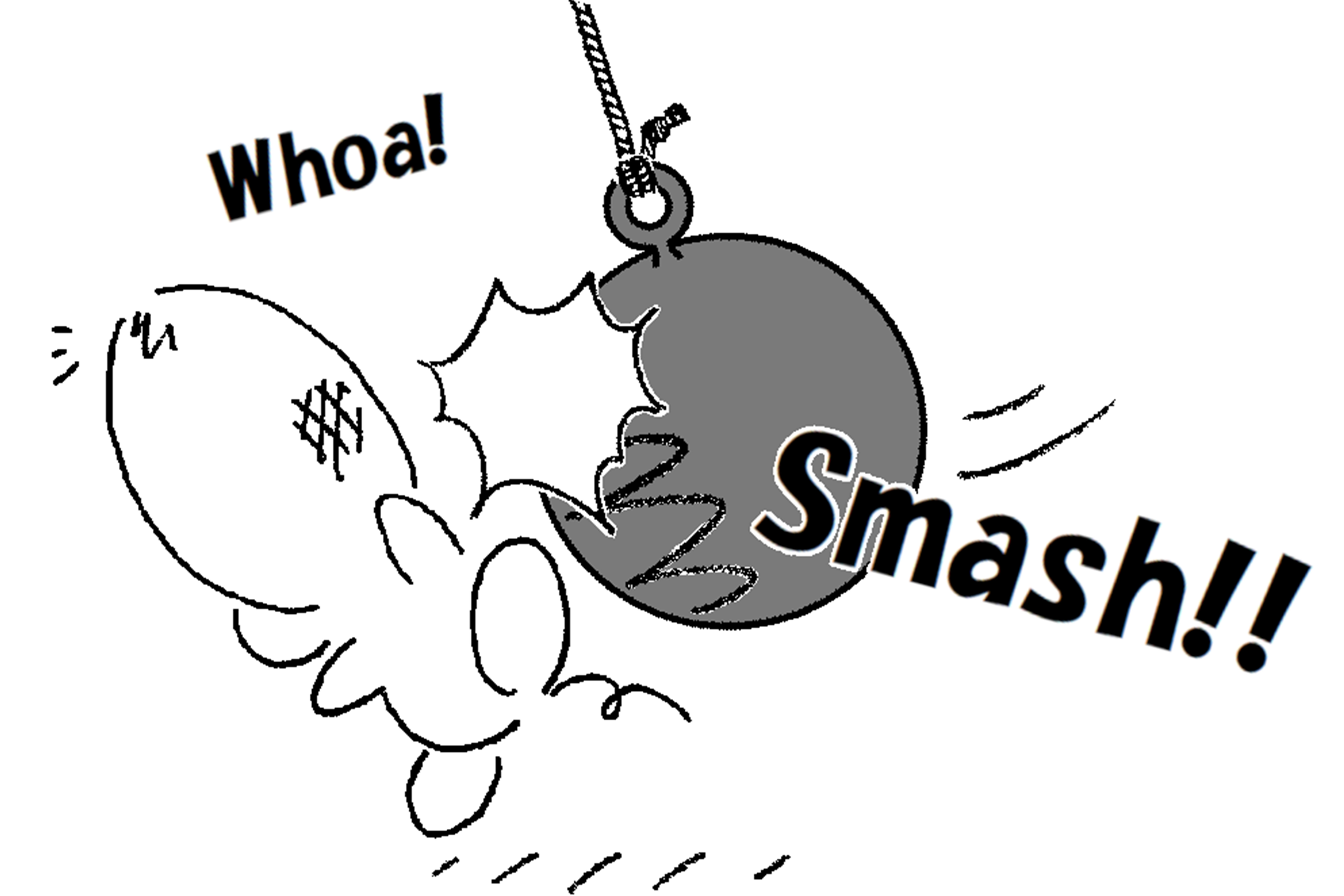This time, we would like to talk about “Onomatopoeia”. It is a word that expresses sounds and some kinds of appearance or atmosphere of things and events, as well as the mood or nuance of feelings, emotions and etc. “Onomatopoeia” varies greatly depending on each language and culture, right? Some kinds of sounds like animal sounds, may often be understandable to some extent in languages from different language or culture spheres, as long as the sounds are similar in feeling and atmosphere. But… it is very difficult to fully understand the “onomatopoeia” in different languages and cultures. It is even more difficult if they express some kinds of appearance or atmosphere of things and events, the mood or nuance of feelings, emotions… Even if we are from a different language or culture, we should be able to understand it to some extent if knowing the pronunciation of the letters used in that language… No, no it’s still difficult, isn’t it? Well, it is not easy to fully understand this “onomatopoeia” when we come from a different language or culture. This will be one of the major difficulties in learning foreign languages.
In recent years, Japanese anime and comics have become well known overseas. Anime and comics are full of “onomatopoeia”, as you know. Of course, when introducing them to different languages or cultures, they need to translate them… The Japanese language has a great variety of “onomatopoeia”. And many of them are quite unique. There are many cases in which some authors create and use something very unique and different from the common “onomatopoeia”… Therefore, translating these “onomatopoeias” for different languages and cultures can be quite a challenge. It’s very hard to find a translation that fits perfectly. So… they often apply an “onomatopoeia” that is close to the meaning of the word. They usually pick a common “onomatopoeia” that is as similar in meaning as possible. Japanese is a language made up of the phonetic hiragana “あ,い,う…” and katakana “ア,イ,ウ…”, combined with the phonetic/ ideographic kanji. In addition to that, Japanese is a language in which other languages are taken and used as they sound and written in a way that sounds like them. Moreover, even if each of people uses them in his or her own way, the nuances of those nuances can be understood by the general public. As such, Japanese is a language with quite a few unique characteristics. This naturally leads to a huge variety of “onomatopoeia”…
There will be more than one meaning or nuance to a single “onomatopoeia” in a foreign language. Each sender and receiver may have different meanings. They will have different meanings and nuances depending on the situation, etc. We consider that “onomatopoeia” in Japanese has a form of linguistic expression that somehow tries to convey its meaning and nuance in a detailed and polite way. This style of “onomatopoeia” in Japanese did not come about until the modern era, when interaction with foreign cultures increased. Maybe it’s a traditional Japanese style. We can find some glimpse of how the Japanese people have been struggling to convey a scene or someone’s feelings in a detailed way using “onomatopoeia” since ancient times. When we are able to understand “onomatopoeia” in the language you speak, that’s probably the time when we understand the culture of that language area.
Japanomatopoeia ~Unique “onomatopoeic” patterns in Japanese~
・Japanomatopoeia 1:
A word that represents a sound or voice as it is heard, using phonetic letters. Even when translated into other languages, many of these “onomatopoeias” will convey their nuances.
(e.g.) Drill sound
In Japanese “onomatopoeia” : “ギューン”, “ギリギリギリ” and etc. The English translation will be “GYUUUN”, “GIRI-GIRI-GIRI” and etc.
・Japanomatopoeia 2:
A word that represents the appearance of a phenomenon or event using sounds that evoke them. In Japanese, these kinds of “onomatopoeias” are used very frequently. The sense of the person expressing and the sense of the person receiving them will be very important.
(e.g.) Looking slow, moving sluggishly
In Japanese “onomatopoeia” : “のそり”, “のろのろ” The English translation will be “SLOWLY”. In the Japanese sense of the word, it will sound like “Nosori” or “Noro-Noro”.
・Japanomatopoeia 3:
It is an expression of phenomena, events, or emotions as they are… These kinds of “onomatopoeias” are also used very commonly in Japanese. The sense of the person expressing and the sense of the person receiving them will be very very important.
(e.g.) Serious situations and appearances
In Japanese “onomatopoeia” : “真剣っ”, “大まじめっ” The English translation will be “Serious~” or “Serious Situation”.
・Japanomatopoeia 4:
Use symbols or letters that look like that to describe the appearance or situation.
(e.g.) Complicated feelings and moods
In Japanese “onomatopoeia”, the symbol of tangled lint is usually used. Or, (; ゚Д゚)、( ̄▽ ̄;) are also used well. The English translation will be “Confused…”




